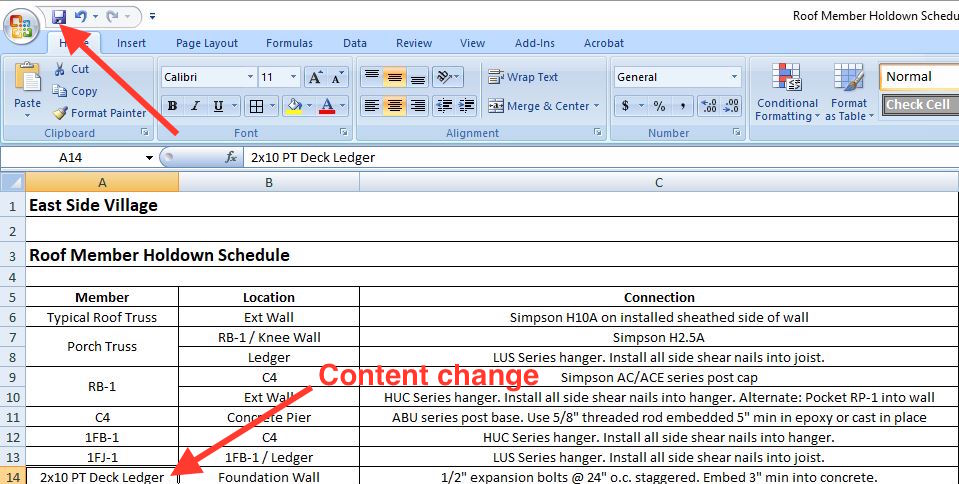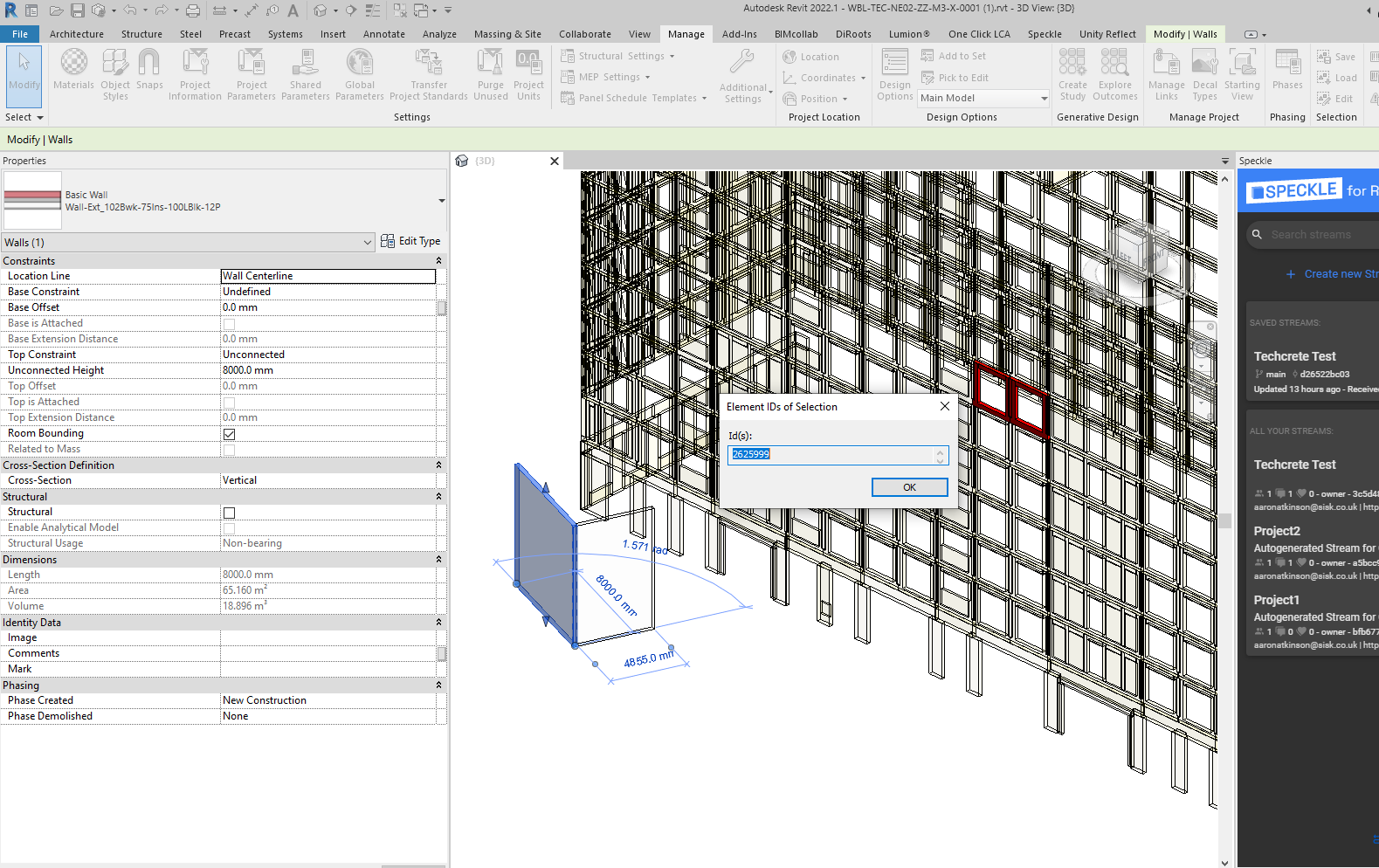Revit Tool to Equip Your Structure Info Modeling
Wiki Article
Grasping the Art of Information Integration: Exactly How to Seamlessly Import Excel Record Into Revit
In this post, we will certainly guide you through the process of grasping the art of information assimilation. Get prepared to prepare your Excel information easily and follow our step-by-step guide to import data into Revit. With our finest techniques, you'll achieve data combination success in no time.Comprehending the Value of Information Assimilation in Revit
Recognizing the importance of data combination in Revit is essential for seamless importing of Excel data. When you incorporate data from Excel right into Revit, it permits you to successfully manage and update info throughout the entire project. This integration ensures that your layout and construction process is accurate and current.By integrating data, you can easily import and update parameters, timetables, and also geometry in Revit. This gets rid of the requirement for manual data access, conserving you time and minimizing the threat of mistakes. With Revit's data assimilation abilities, you can preserve uniformity and accuracy in your project, while also improving partnership amongst employee.

Exploring the Excel File Format for Revit Integration

In order to effectively integrate Excel documents right into Revit, it is important to guarantee that the data is formatted appropriately. This consists of appropriately labeling columns and rows, along with structuring the information in a manner that works with Revit's information schema. Revit uses specific criteria and classifications to organize information, so it is very important to align the Excel information with these parameters to ensure a smooth integration.
In addition, it is essential to keep in mind that Revit only supports specific information kinds when importing from Excel. These consist of message, numbers, and dates. Any various other information kinds, such as solutions or conditional format, will not be recognized by Revit and may trigger problems throughout the assimilation process.
Preparing Your Excel Data for Seamless Import Into Revit
To make sure a smooth assimilation procedure, you'll require to correctly layout and label the columns and rows in your Excel information before importing it into Revit. Begin by examining your Excel information and identifying which columns and rows contain appropriate details for your Revit job.Following, make certain that the data in each column is correctly formatted. If you have a column for dimensions, make sure that all dimensions are constantly formatted in the very same devices of dimension. Revit counts on regular format to properly analyze and import data.
Additionally, it is essential to look for any type of vacant cells or incongruities in your information. Revit might not be able to read or import data from cells that are empty or contain errors. Therefore, it is suggested to evaluate your Excel data and tidy up any kind of incongruities prior to importing it into Revit.
Step-By-Step Guide to Importing Excel Info Into Revit
When you have actually correctly formatted and identified your Excel information, you can conveniently import it into Revit by following this step-by-step guide. To begin, open Revit and browse to the "Insert" tab. Click on "Import CAD" and select "Import Excel" from the dropdown food selection. A new home window will certainly appear, asking you to situate the Excel data you intend to import. Search your computer and pick the Excel data, after that click "Open."Following, a dialog box will appear, permitting you to personalize the import setups. Right here, you can pick the worksheet you want to import, define the variety of cells to import, and pick the appropriate devices for your data. When you have actually made your choices, click "OK" to proceed.
Revit will now present a preview of your Excel information. Take a minute to make sure and review the preview that every little thing looks appropriate. If required, you can make changes to the import settings by clicking on the "Setups" switch.
Best Practices for Information Assimilation Success in Revit
Ensure you comply with these ideal practices to guarantee effective assimilation of data in Revit. It is essential to organize your information in Excel prior to importing it right into Revit. This means making sure regular calling conventions, proper formatting, and accurate data depiction. Next off, make usage of Revit's integrated devices for information mapping. This will certainly allow you to match the columns in your Excel file with the corresponding specifications in Revit. Be conscious of the information and devices kinds when mapping the information, as any kind of disparities can lead to errors in the integration process.One more important technique is to on a regular basis validate and upgrade your information. Additionally, make usage of data recognition tools within Revit to identify any kind of errors or incongruities in the integrated data.
Finally, it is recommended to develop a clear workflow for information combination. This includes specifying roles and duties, establishing an interaction network between staff member, and developing a routine tempo for data updates and testimonials. By complying with these ideal methods, you can ensure a successful and smooth integration of information in Revit, ultimately boosting the efficiency and precision of your project.
Final Thought
In conclusion, mastering the art of data combination is important for smooth import of Excel submits right into Revit. Recognizing the relevance of information integration in Revit is the first step import excel into revit towards successful combination.When importing data from Excel into Revit, it is crucial to comprehend the documents layout and exactly how it can influence the assimilation procedure (revit tools). Revit uses particular specifications and categories to arrange information, so it is crucial to line up the Excel data with these parameters to guarantee a seamless assimilation
Be conscious of the systems and data kinds when mapping the data, as any discrepancies can lead to mistakes in the combination process.
Additionally, make usage of data validation devices within Revit to determine any mistakes or incongruities in the integrated data.

Report this wiki page